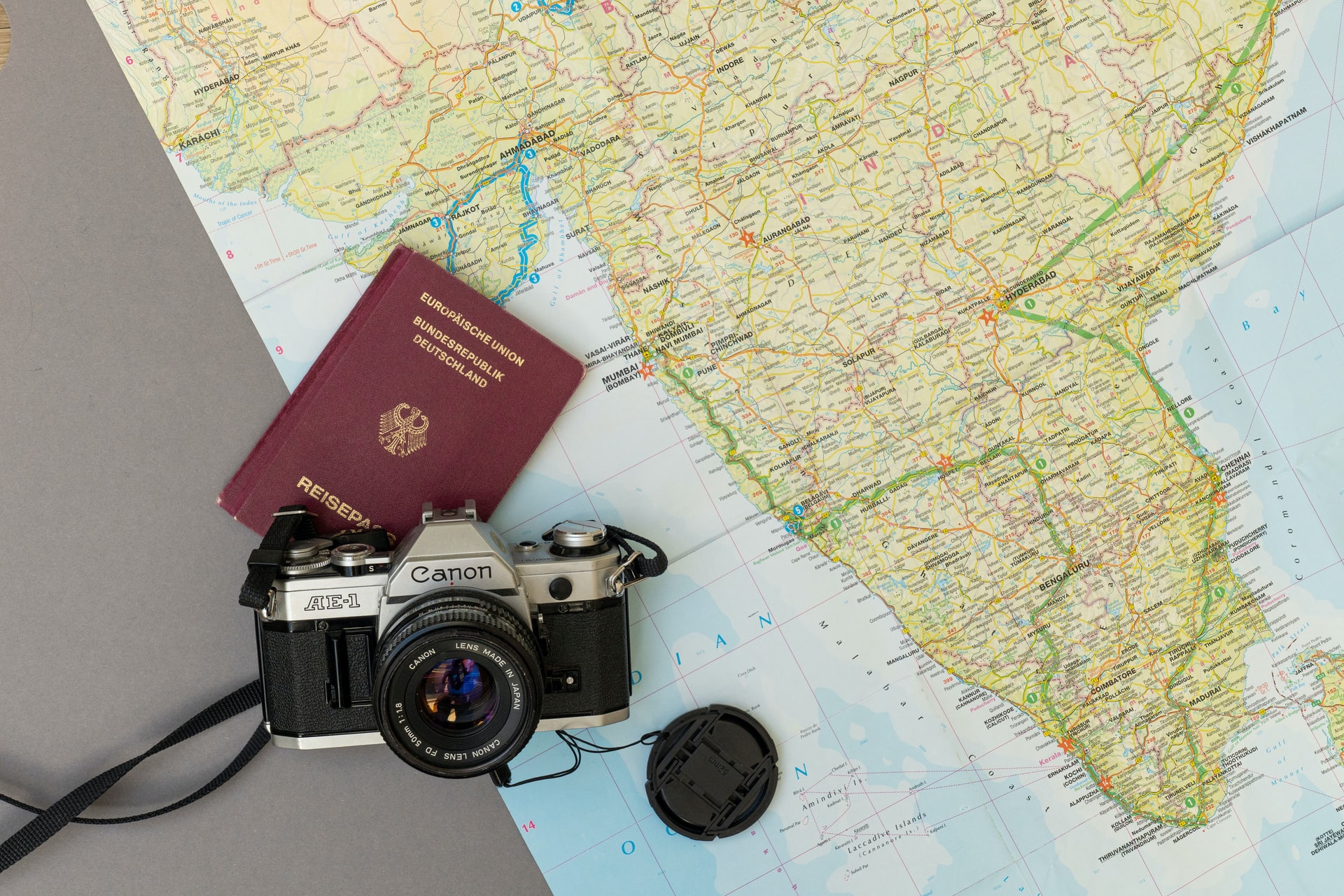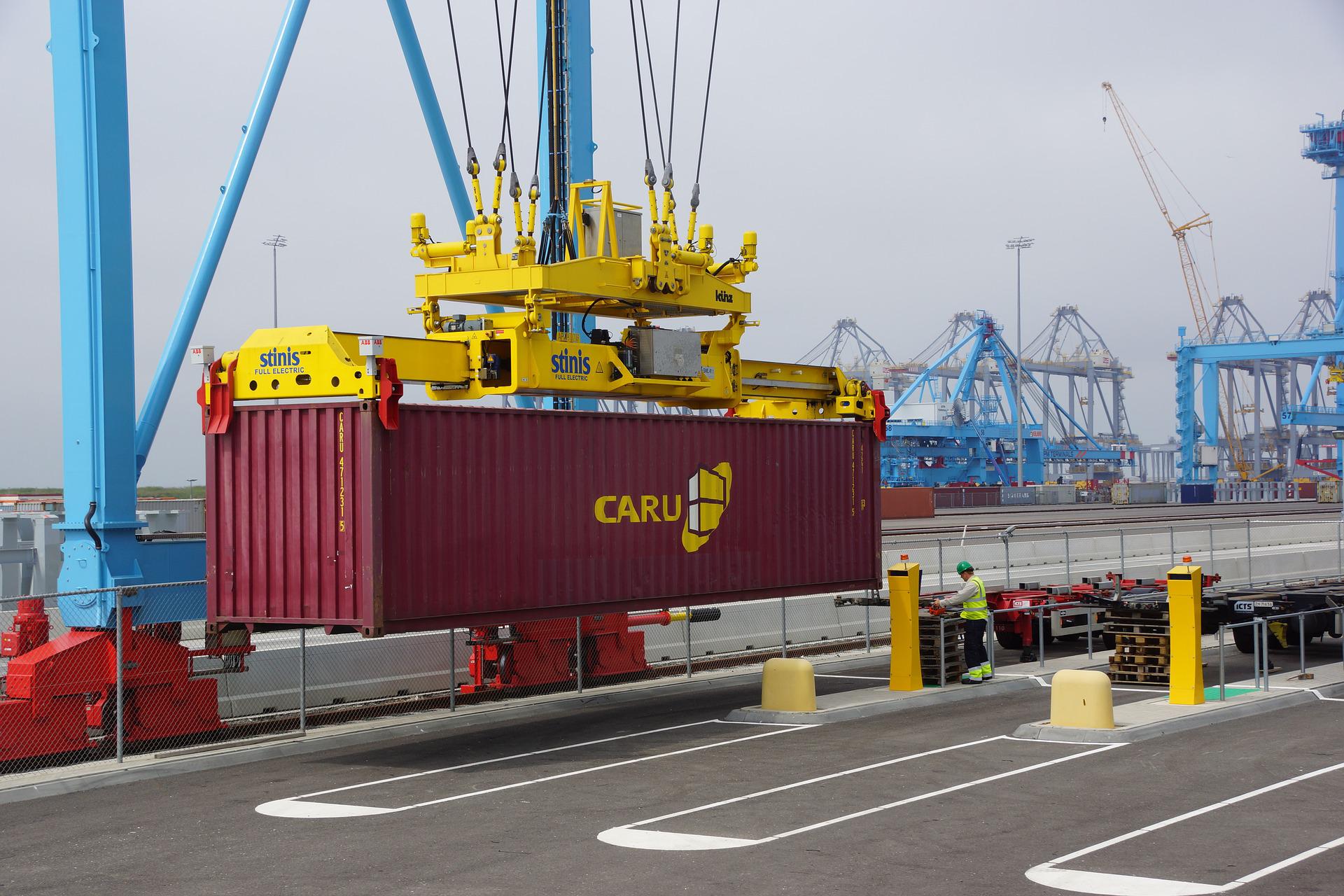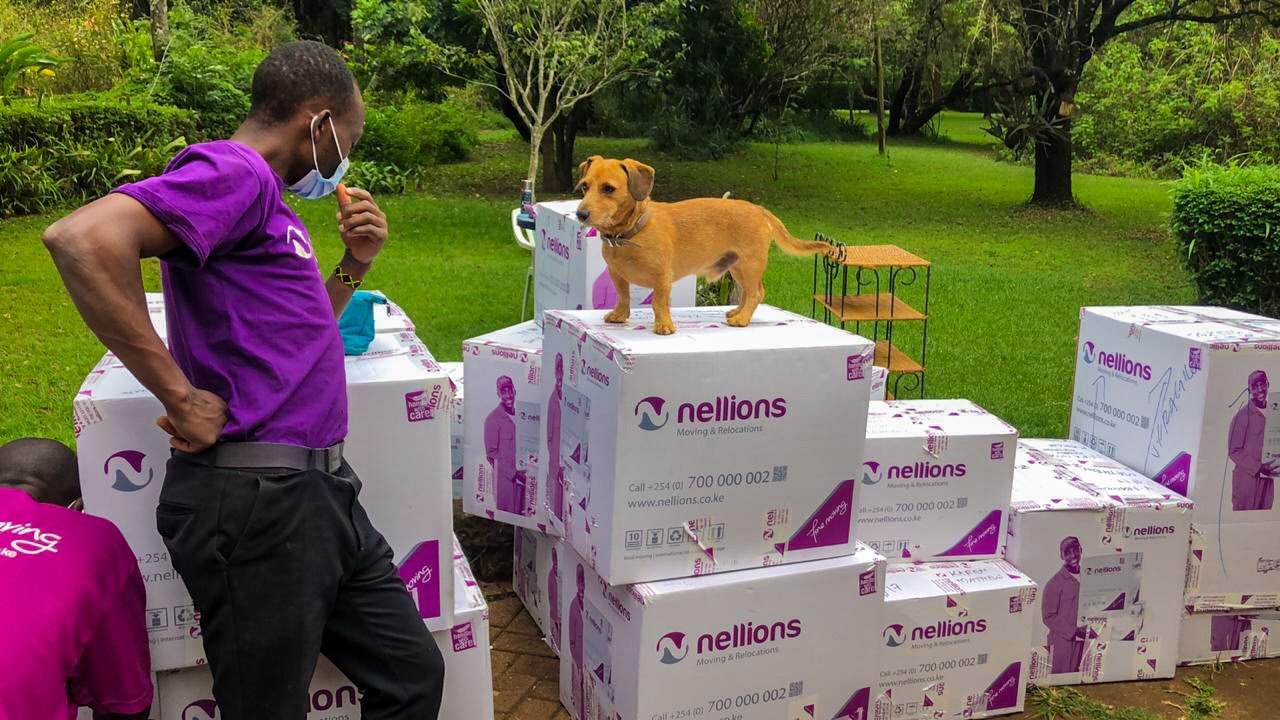Last updated on March 21st, 2023 at 01:33 pm
Picture moving from Kenya to India, which is home to one of the most famous mausoleums in the world: the Taj Mahal.
India, which is officially known as the Republic of India, is the second-most populous country in the world after China.
The Republic of India has 28 states and 8 union territories. Its capital city, New Delhi, is the seat of the three branches of the government of India. These consist of Parliament House, the Supreme Court of India, and the Rashtrapati Bhavan.
While India’s official language is Hindi, the country doesn’t have any national language. However, India has the honor of having the world’s oldest, largest, and most continuous civilization known as the Indus Valley civilization.
It’s also interesting to note that India is the only country to have an entire ocean named after it (the Indian Ocean). It also has the largest national film industry in terms of output. Bollywood, as Indian cinema is popularly known, is closely followed by Nigeria’s Nollywood.
In terms of India-Kenya bilateral relations, both countries have enjoyed a robust partnership that has been enhanced by increasing trade and investment opportunities. Indeed, the Indian community and diaspora in Kenya continue to feel welcome and at home here.
India mainly exports pharmaceuticals, petroleum products, steel products, yarn, machinery, and power transmission equipment to Kenya. On the other hand, Kenya largely exports tea, vegetables, leather, soda ash, and metal scrap to India.
Kenyans have also increasingly sought medical attention in India due to prompt diagnoses and cheaper treatment.
There are many reasons you might find yourself relocating abroad. If you’ve set your heart on moving to India, which is where both chess and yoga originated from, here are a few things you should keep in mind:
1. Household Goods and Personal Effects Are Imported Under Transfer of Residence Rules

Indian nationals, as well as foreign nationals (even those of Indian origin), can import their household goods and personal effects into India under Transfer of Residence rules. Even so, certain conditions apply:
- Foreign nationals must have a resident/business/entry/work visa
- The owner of the goods must be transferring his or her residence to India
- The owner of the goods must have lived abroad for a minimum of two years
- If an Indian national, the owner of the goods must not have visited India for more than 180 days cumulatively in the preceding 2 years
- The owner of the goods or his/her family members should not have availed themselves of Transfer of Residence concessions in the preceding 3 years
It’s important to note that India only permits one family member Transfer of Residence benefits.
2. Duty-Free Allowance Only Applies in Certain Instances
India’s Transfer of Residence rules only allow duty-free importation of household goods if they are old and used. That means they must have been in your possession for at least 6 months. Even then, such goods are limited to:
- Personal effects and household goods such as books, clothes, kitchenware, furniture, and small appliances such as mixers, iron boxes, and juicers
- Videocassette recorders, players, or video television receivers or video cassette disk players
- Electrical or Liquefied Petroleum Gas (LPG) cooking range
- Domestic refrigerators with a capacity of up to 300 litres
- Personal computers (desktop computers)
- Laptop or notebook computers
- Washing machines
Other household items may attract a concessional customs duty at the rate of 16.50%. However, this rate is only applied to the first unit. Additional units or value (if two or more similar units are to be imported) attract a 36.01 to 61% customs duty.
The goods for which customs duty has been reduced to 16.50% (on the first item) include:
- Colour TV or monochrome TV (old technology)
- Domestic refrigerators with a capacity of 300 litres and above
- Cinematographic films of 35 mm and above
- Portable photocopying machine
- Video home theatre system
- Digital video disc player
- Microwave oven
- Air conditioner
- Video camera
- Music system
- Fax machine
- Deep freezer
- Dishwasher
LCD, LED, and plasma TVs are charged at 38.5% duty whether used or new. Additionally, note that you are prohibited from importing beef and beef products, narcotics, obscene literature, or politically subversive literature into India.
Generally, new items are subject to duties. Their invoices must, therefore, be supplied.
Expert Tip: It’s crucial to contact your destination agent to ensure you’ve met all requirements before import, especially since there are differences between air and sea shipments.
3. Returning Indian Nationals Enjoy Additional Concessions When Importing Personal Property

Indian professionals who are returning from work assignments abroad may qualify for additional concessions under the Transfer of Residence rules.
Returning nationals who have resided abroad for at least 3 months can import duty-free used household goods that are up to a total value of Rs. 6,000 and professional equipment that’s valued up to Rs. 10,000.
Returning nationals who have resided abroad for at least 6 months can import duty-free used household goods that are up to a total value of Rs. 6,000 and professional equipment that’s valued up to Rs. 20,000.
Lastly, returning Indian citizens who have resided abroad for at least 365 days during the preceding 2 years after the termination of their work and who have not obtained the Transfer of Residence concession in the preceding 3 years can import used household goods and personal effects they have owned for at least 6 months duty-free for up to a total value of Rs. 75,000.
Interestingly, returning Indian citizens who have resided abroad for at least 1 year are allowed to import jewelry whose value is up to Rs. 10,000 for males and Rs. 20,000 for females.
For returning Indian nationals who haven’t resided abroad for more than 1 year, household goods and personal effects must not exceed Rs. 30,000 in total value to qualify for duty-free exemptions.
You may qualify for these concessions if you’re an Overseas Citizen of India (OCI) cardholder, though it’s advisable to ascertain your eligibility beforehand.
Side Note: India has the largest diaspora in the world. The Overseas Citizens of India, in particular, are a very big global community with over 6 million people being OCI cardholders as of 2020.
4. Certain Documents Are Required When Importing Household Goods and Personal Effects into India
Like other countries, India requires the owners of the household goods and personal effects to have in their possession certain documents to clear them. These documents include:
- Valid passport for the shipper and his/her family members
- Visa for stays that exceed 30 days (should also be valid for at least 1 year)
- Detailed, valued, and itemized inventory in English (should have brands, dates of purchase, and the serial numbers of all major appliances)
- Baggage customs declaration (signed in witness of customs officer)
- Original bill of lading / sea waybill / copy of air waybill
- Employment letter / transfer letter / assignment letter
- Original residence permit (for foreigners)
- List of electronic items
- An insurance policy
For diplomats assigned to India, the duty-free importation of household goods and personal effects is possible if accompanied by appropriate documentation.
Diplomats must get a duty-free exemption certificate from the Government of India’s Ministry of External Affairs in New Delhi. Diplomatic shipments must also have their packing lists stamped by their Consulates or Embassies.
5. Importing Your Motor Vehicle Isn’t Recommended

The import of motor vehicles into India is a detailed, conditional, and complicated procedure that doesn’t come recommended.
You may import your motor vehicle duty-free if you’re a diplomat and if your vehicle is covered by a duty exemption certificate that’s provided by the Indian Ministry of External Affairs. Such importation is subject to the Ministry’s approval.
Only vehicles that qualify for diplomatic duty exemption are cleared through customs in New Delhi. However, if your car isn’t covered by a duty exemption certificate, the following applies:
- Duties are generally higher than 200% of the vehicle’s value as assessed by customs
- You must pay all customs duties for the motor vehicle in Indian Rupees
- You can only import 1 used motor vehicle if coming to India on Transfer of Residence
- You can only import right-hand drive vehicles (diplomats are excluded from this rule)
- Your car must not be older than 3 years from the date of manufacture
- Your vehicle must have a speedometer indicating the speed in kilometers per hour
- Your car must meet Euro III pollution norms (as indicated on its manufacturer’s certificate)
- You must have owned and possessed the vehicle for a minimum of 1 year before importing it to India
- You must secure a bank bond for the import trade authorities stating that you won’t sell the car for 2 years
- The value of your car will be based upon a depreciated value according to the year of registration
- Used vehicles can only be cleared through the Customs port at Mumbai or Nava Sheva
- New vehicles can only be cleared through Nava Sheva, Mumbai, Chennai, or Calcutta
While importing your car to India can be a painful and hectic process, foreigners living in the country can drive any motor vehicle if they have an international driving licence that is valid for a year.
It’s noteworthy that traffic in India is dangerous and unregulated due to insufficient traffic management on the roads. Therefore, it may be advisable to use taxis as they have comparatively low fares. You do need to negotiate your fare with the driver before taking a taxi, however.
6. Documents Required When Importing Motor Vehicles and Pets into India
If after consulting your nearest Indian consulate you find that it’s feasible or permissible for you to import your motor vehicle, you need to have the following documents at the ready:
- Original vehicle registration/title
- Original bill of lading
- Original passport
- A 2-year “No Sale” bond to be filled at the time of import
- Insurance policy
- Original manufacturer’s invoice
- List of extras, if any, and purchase date
If you’re set on importing pets into India, it is instructive to note that the country only permits one dog, cat, or parrot by the individual immigrating to India on Transfer of Residence.
Those importing dogs need to ensure that their pets are vaccinated against Aujossky’s disease, distemper, rabies, leishmaniasis, and leptospirosis.
The shipper must also be present in India to clear their pet through customs. Additionally, varying customs procedures are dependent on the port of entry, which means that a pet owner may also need to pass their pet through a health examination given by a quarantine officer.
For pets, the required documents include:
- Veterinary health certificate
- Vaccination record
- Advance NOC from the Animal Quarantine Department in India
7. Goods Must Be Shipped Out Within 30 Days of Owner’s Arrival in India

India requires that sea shipments falling under the Transfer of Residence rules be dispatched from the origin seaport within 1 month after the arrival of the owner of the goods in India.
On the other hand, air shipments must be dispatched from the airport of origin within 15 days after the arrival of the owner of the goods in India. As for motor vehicles, they can be imported within 6 months of arrival.
If there is any delay in the shipment, your goods will only get cleared if the delay is condoned by the customs authorities. Every case is decided on its merits.
While shipments may arrive at the India airport or seaport 2 months before the arrival of the owner of the goods, the shipment will be subject to demurrage or detention charges as applicable.
Please keep in mind that the shipper must generally be present at the time of customs clearance so as to answer any queries from the customs officers.
However, a power of attorney may be executed in favour of a friend, relative, or your trusted moving company if you cannot be present. In such circumstances, your customs forms should be duly signed and attested.
8. All Shipments Are Subject to Customs Exams
Import consignments with household goods and personal effects are generally subjected to 100% physical customs inspections upon entry as per Indian customs regulations. Only diplomatic shipments are exempted from this regulation.
When packing your shipment, the electronic items should be loaded in the front or opening side of the container or lift van. If there’s a proper packing list and if when your goods are randomly checked they tally with the packing list, customs can sometimes use their discretion to check only about 20 or 30% of your shipment.
Due to the thorough inspection of shipments imported to India, the duration of customs clearance can be anywhere from one to two weeks.
Worth noting is the fact that while customs regulations are the same throughout India, they may be interpreted differently among the various customs offices.
When you’re thinking about importing goods into India, you should keep in mind that you can either do so under Transfer of Residence or as Unaccompanied Baggage.
You want to go for the Transfer of Residence regime as it qualifies some of your residence goods as duty-free while others can enjoy the concessional duty of approximately 16.50%. Goods imported as unaccompanied baggage are subject to a 40% import duty.
Remember, not all of your household goods can be imported duty-free into India, even under the Transfer of Residence regime. There’s also a free allowance limit which you must not exceed unless you want to factor in the associated import duty costs.
9. It Takes About 4-6 Weeks to Move From Kenya to India By Sea

Moving from Kenya to all parts of India by sea takes about 4-6 weeks. It’ll take you 10 to 14 days, on the other hand, to complete this move by air.
Some of the major Indian cities that Nellions helps relocate people include Delhi, Mumbai, Chennai, Hyderabad, Kolkata (formerly known as Calcutta), and Bangalore (or Bengaluru).
To avoid being subjected to nasty surprises such as unexpected taxes and duties when moving to India, it’s crucial to get in touch with a reliable and trusted moving partner. Doing so is helpful as Indian import regulations are subject to change without prior notice.
Just picture having your household goods delivered to your residential address, the containers unloaded, and goods unpacked just the way you like. It’s the peace of mind that will guarantee you an excellent start to living, working, and adventuring in the land of mystery and diversity.








